It’s hard to pinpoint when the pimple positivity movement started, but there is a compelling case for January 8, 2018. That was when Kendall Jenner walked down the red carpet at the Golden Globes Awards and was applauded for not only her black Giambattista Valli frock, but her ‘bravery’ for facing photographers with blemished skin. Jenner’s response: “Never let that shit stop you!”
Some skinfluencers have certainly headed that advice and are striving to normalise acne and remove any associated shame. The same year that Jenner’s breakouts made the news, British model and long-time acne sufferer Lou Northcote created the hashtag #FreeThePimple. She is now one of a new breed of “acne-positivity influencers” working with cool-girl brands such as Glossier and Augustinus Bader.
The trend for embracing our blemishes has even seen the launch of products like Starface hydrocolloid face stickers, which encourage us to adorn our spots with bright yellow stickers that speed up healing and discourage picking – and do the exact opposite of camouflage.
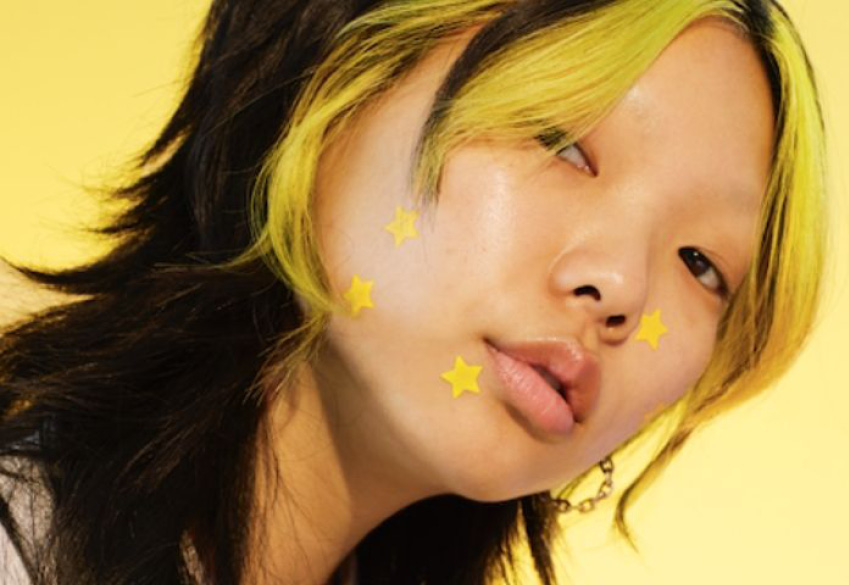
When I first experienced adult acne Starface stickers weren’t around. But I’m lucky – as a beauty editor I had access to a cornucopia of products and my dermatologist was brilliant (hey Dr Gupta!). It still took a prescription of oral medication, three topical creams – which I still use – and a few diet tweaks (including less red meat, chicken and dairy), to get my adult acne under control.
These days, adult acne is more common than you might think. Research and anecdotal reports from dermatologists points to an increased incidence of acne among adults (one figure suggests up to 40 per cent of women experience the condition) – and no one is quite sure why.
“Several theories suggest there is more pollution in urban environments, more stress, and that many of us have adopted a western, high-GI diet full of processed foods,” explains Dr Jo-Ann See, a dermatologist who specialises in acne and founded the All About Acne website. Other experts believe acne rates have remained stable but the number of women seeking treatment is on the rise.
Certainly, the adoption of face masks during the pandemic isn’t likely to help, says says Dr Philip Tong, a Sydney dermatologist who has a special interest in acne and acne scarring. (Excellent. One more thing to worry about.)
The not-so-great news
Adult acne is predominately seen in women, and usually occurs in the lower half of the face cheeks, such as chin, jawline and neck. It can appear relatively randomly, around times of high stress for example, or around a menstrual cycle. “Acne lesions can be superficial, such as blackheads and whiteheads, but they can also be quite deep and uncomfortable, tender or even painful,” explains Dr See.
Sometimes, adult acne can be caused by an underlying hormonal condition, like polycystic ovarian syndrome.
Whatever the reason, the psychological effects of acne – lowered self-esteem and self-confidence, anxiety, frustration or depression – can impact teens and adults alike, but older women can feel particularly self-conscious, “as they are experiencing acne at a time when they should be ‘over it’,’ says Dr See.
“They are also often concerned about how they look, not only in the workplace but also when pursuing social activities and relationships,” says Dr See.
While adult acne can be intermittent, sometimes it settles in for years, particularly if linked to stress or hormonal imbalances. And unlike young skin, which heals quickly, adult acne can leave behind post-inflammatory hyperpigmentation, which can take months to fade.
And now, the good news
“Adult acne can be treated both topically and with oral medication, but in general, there are more options available compared to teenage acne,” says Dr Tong. These include hormone therapies that target the cause of the acne, or in-office treatments like LED light which reduces inflammation and the bacteria that causes acne or lasers to smooth scars and fade hyperpigmentation.
For mild to moderate acne, it’s best to start with over-the-counter products, steering clear of anything targeted to teen acne (it’s often made for oily skin and can be too harsh and drying), and giving products at least six weeks to determine if they’re working. Here are a few to consider…
If you’re not having any luck, if your skin becomes dry and sensitive, or if you’re dealing with other concerns like dark marks or scarring, it might be time to see a dermatologist who can help determine any hormonal imbalances and prescribe a customised course of treatment. “Having a balanced diet and minimising exposure to cigarette smoke is also helpful,” advises Dr Tong.
Lasers, like Fraxel, can help fade post-acne marks and smooth irregular texture while LED light treatment has been shown to be anti-inflammatory and effective at reducing the bacteria responsible for acne formation.
It goes without saying that avoiding the sun is a good idea. It can dehydrate your skin, causing it to produce more oil to compensate which can lead to more breakouts. But while the sun is not your friend, your dermatologist just might be.




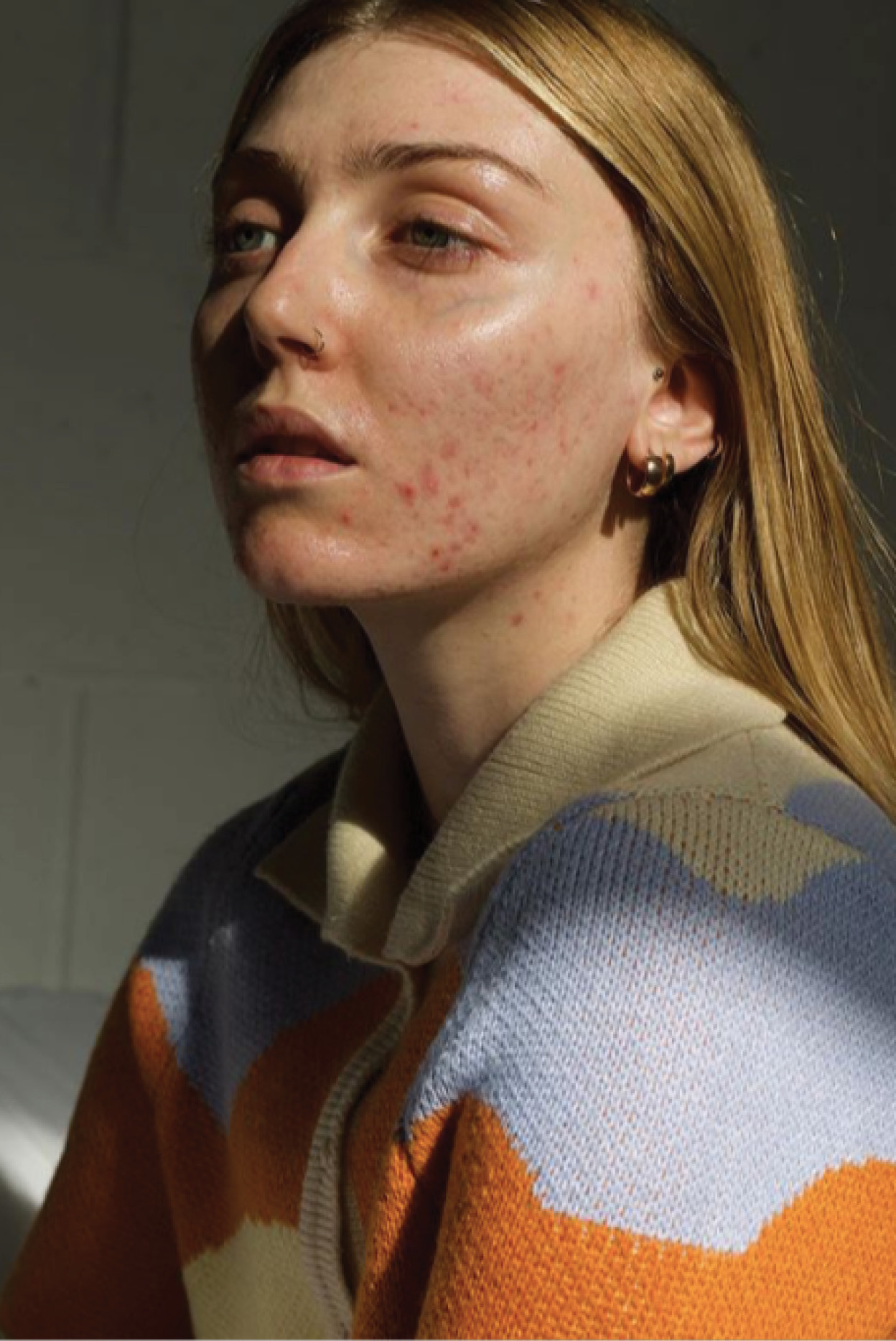
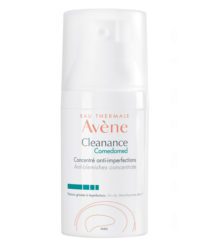
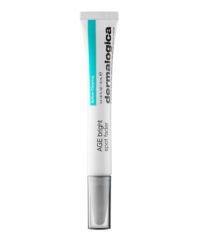
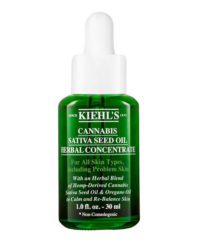
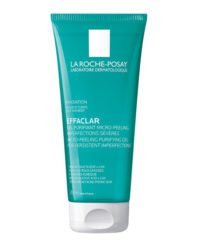
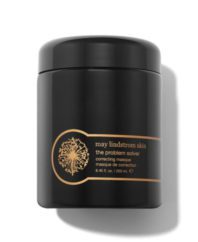
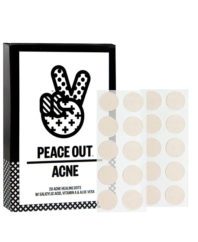

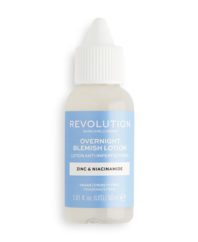



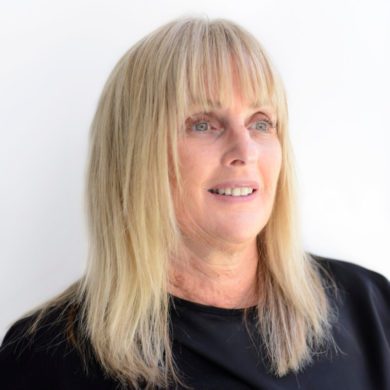

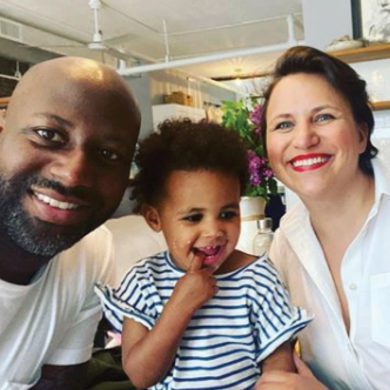
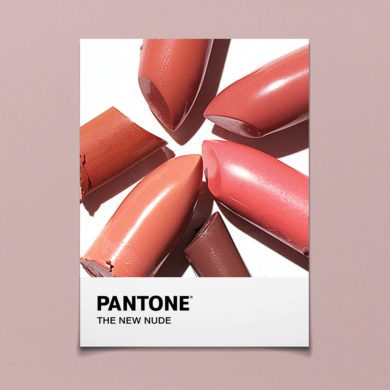
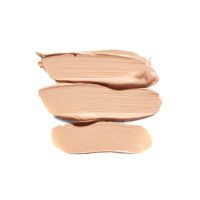

No Comments